Brisbane
Queensland
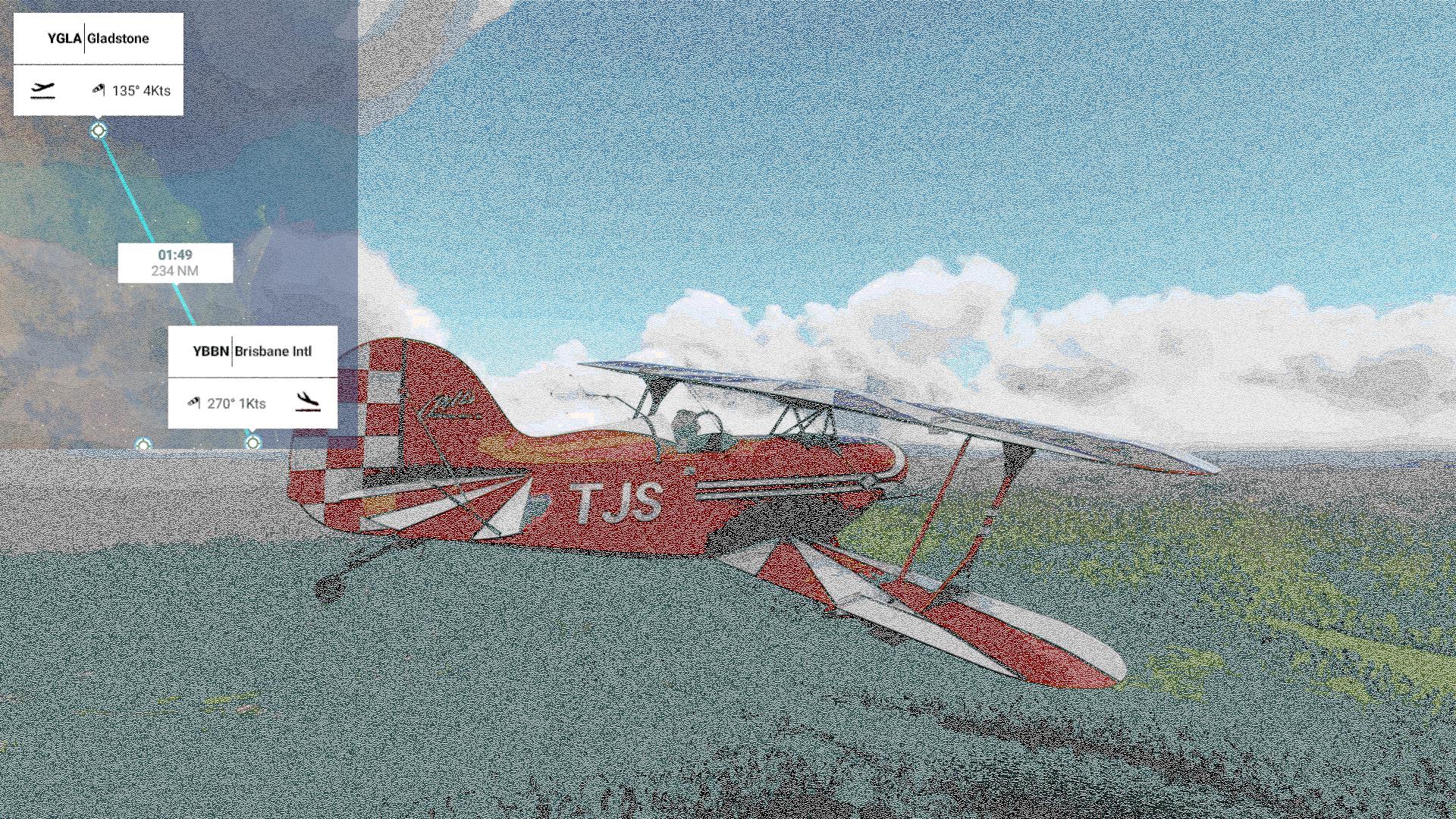
Brisbane today. The last stop in OZ for a while, as we'll take a side trip to Enzed. Good timing too, as there is a ton of rain in the forecast for Queensland. Brisbane the town is a popular spot for tourists with its Lone pine Koala Sanctuary and the Brisbane Botanic Gardens. But let's talk airplanes.
Brisbane Airport is where Qantas first hit the big leagues as a regularly scheduled airline. But it didn't start there. The Queensland and Northern Territory Aerial Services Limited was started in 1920 in a little place called Winton, about a fifteen hour drive from here back up towards Mackay. You may remember Winton as the town where Banjo Patterson penned "Waltzing Matilda" in 1895. Or not. At any rate, Quantas started operations there in 1920 making it the oldest airline in the english-speaking world, and third oldest anywhere. When it started it had exactly one aeroplane, an Avro 504K.
Now an Avro 504 is not the first thing that comes to mind when you think passenger aircraft. The 504 was designed and built to track and combat zeppelins in the first world war. But it had many variants, ranging from a bomber to a fighter and even a seaplane. The K model, which had a modified front seat capable of seating two passengers with the single pilot behind, was built all around the British Empire, including here in Australia at the Australian Aircraft and Engineering Co. The 504K was hugely successfull; it made one of the first commercial bush flights in Canada in 1920, from Winnepeg to Le Pas. And a 504K was the first aeroplane to make it to Iceland, also in 1920. So Qantas had one of these amazing aircraft, and could handle two passengers at a time. It generally did taxi flights, joy rides and some airmail.
Pretty soon business took off, so to speak. Qantas moved their base of operations from Winton to Longreach, a less musical but somewhat larger town 180 km closer to civilization. By 1926 Qantas was making its own aircraft in Longreach and was able, in 1928, to supply a DeHavilland DH.50 air ambulance for the new Royal Flying Doctor Service of Australia, a vital lifeline to the outback that will get more attention in its own story.
By 1930 Qantas started to realize they were onto something. At that time, getting the mails or anything else from Brisbane to Darwin, in the Northern Territory, was an ordeal involving trucks, trains, mules and pack horses. One stretch in particular, the 50 miles between Birdum Creek and Daly Waters, was all but impassible in the rainy season and added a full week to the journey. So Qantas moved to Brisbane, and together with Imperial Airways, formed a new company, Qantas Empire Airways Limited. Under this logo the new company started commercial service between Brisbane and Darwin in 1934, extending that as far away as Singapore a year later.
1943 saw the arrival of the flying boats. A flying boat is just that: a great huge boat thing with wings on. Since they do not have to technically land, a flying boat could be built to a much grander scale than something with wheels. As such they had an immense range - as far as Ceylon, from which you could take another flying boat all the way to England. In 1944 Qantas started flying the "Kangaroo Route" from Sydney to Karachi (then India, now Pakistan) and adopted its now iconic kangaroo logo. Passengers would board a BOAC plane in Karachi for the rest of their journey to the UK.
Flying boats passed out of fashion with the advent of the jet aircraft. Qantas received their first Boeing 707 in June of 1959 which, even though there had been no fatal crashes in eight years at this point, was the start of Qantas' long running reign as the world's safest airline. There is a popular myth that Qantas has never had a fatality. The truth is it has never had a fatality in a passenger jet liner. Its first three fatalities were in a DH 9 in 1927 which stalled on approach into Tambo. There have been over a hundred more in 13 incidents between 1928 and 1951, but, to be fair, 2 of those incidents involving 33 fatalities were as a result of being shot down by the Japanese. So since 1951, and in all of its jet aircraft, it has maintained a pretty enviable record.
Their first jets were put to work flying from Sydney to San Francisco. Of course the earlier jets didn't have anything like that kind of range, so the Sydney to San Francisco route had stops in Nadi and Honolulu. Later jets had much better range, and Qantas had a regularly scheduled Perth to Heathrow in 2018 which was a seventeen hour flight. They actually hold the record for the longest commercial flight - 19 hours 19 minutes non-stop Sydney to London. This was to and perhaps still will become a scheduled flight, but at the moment it is on hold due to the pandemic.
The pandemic is, of course, hard on most businesses and air travel in particular. But there's an unexpected niche market for an airline based in Australia with experience at long-range flights: repatriation. There are currently 36,000 Australians stuck overseas somewhere who wish to come home. And some of them are in Turkey. The Skippy is a 236 seat 787 which can fly from Istanbul to Darwin in fourteen and a half hours and, in fact, has just done so. There is no first class on a repatriation flight, and in-flight service is not up Qantas' usual level. But 236 Australians are now on home soil, and in fourteen days can finally go home, some of them to Brisbane.
Brisbane is still the sentimental home of Qantas, but its actual headquarters are now in Sydney. Brisbane is the heavy maintenance facility for the airline and also is home to one of its flight schools.
So that's the story of Qantas, and, with a little poetic license, of Brisbane. Hopefully no one checks my poetic license, though. It's expired.
 The Fitzroy River really winds around a lot. Pretty flat here I guess. When a river bows up like this it is said to be meandering.
The Fitzroy River really winds around a lot. Pretty flat here I guess. When a river bows up like this it is said to be meandering.The term meander comes from the Meander River in ancient Greece, now Turkey. A river meanders due to some amazingly complex physics and over time, the meanders themselves actually flow downriver, causing hell with civil engineering stuff like towns and bridges. It doesn't seem to matter to the underlying geometry what the liquid is in a given river, so, for instance, the rivers on Saturn's largest moon Titan meander in exactly the same way as this river, even though the rivers on Titan are rivers of liquid cow farts. The stuff you can learn on the internet. |
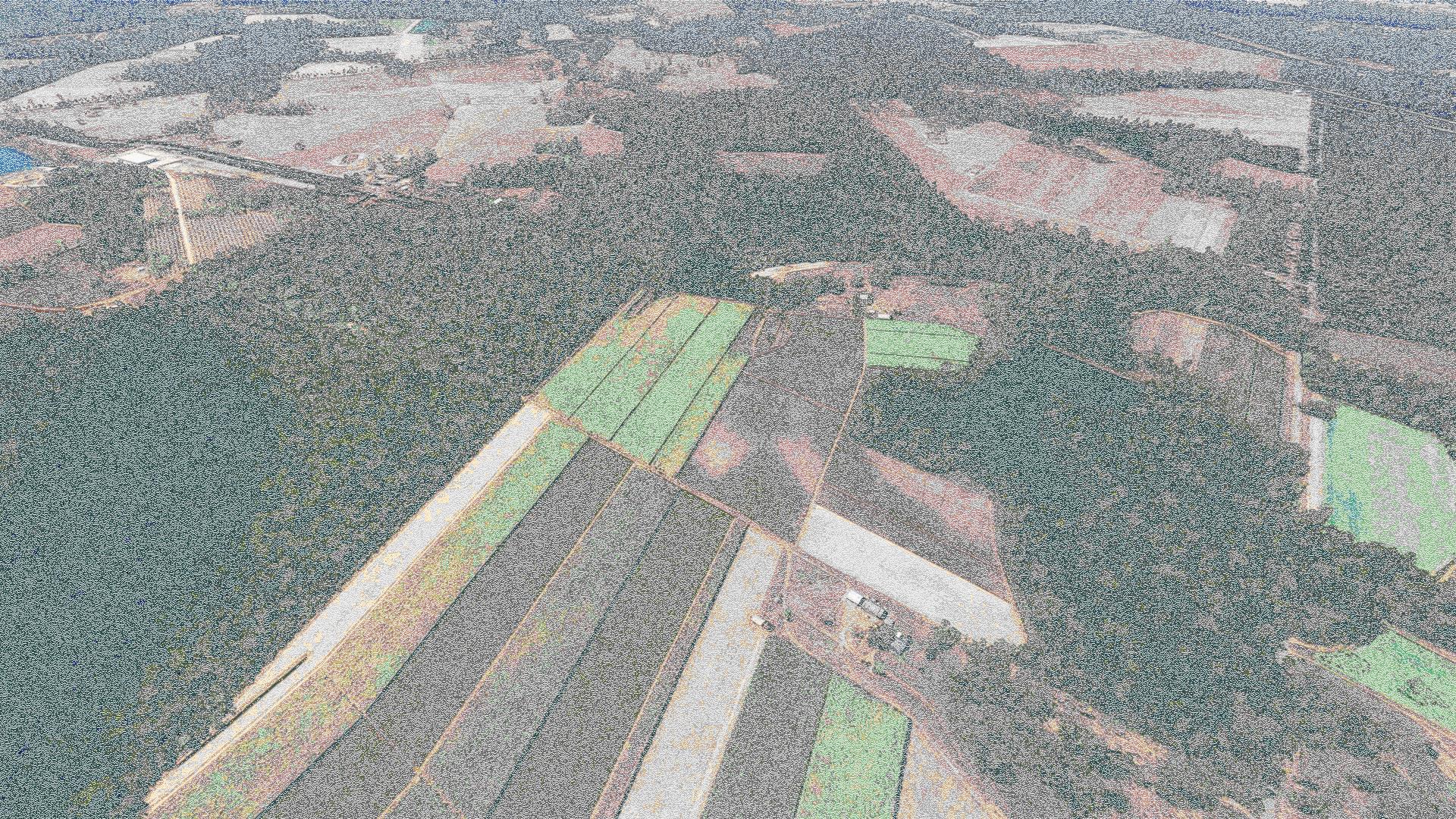 They grow a lot of stuff here, mostly tomatoes and macadamia nuts. And sugar cane. And snakes.
They grow a lot of stuff here, mostly tomatoes and macadamia nuts. And sugar cane. And snakes.Bundaberg Sugar is one of the largest cane growers in Australia with some 8,000 hectares of cane fields. Rats like cane fields. Coastal Taipans like rats. That means that Bundaberg Sugar owns the largest collection of Coastal Taipans in the world. A Coastal Taipan can be over eleven feet long, although just over six feet is much more common, and it is considered to be the third most venomous land snake in the world. 100% fatal if the bite is not treated within 30 minutes to two and a half hours. A Taipan will not start a fight, preferring to avoid humans. But if you piss one off it strikes repeatedly and always delivers what it considers to be a fatal dose. And it would know. Luckily, snake bites are somewhat rare amongst sugar cane workers. |
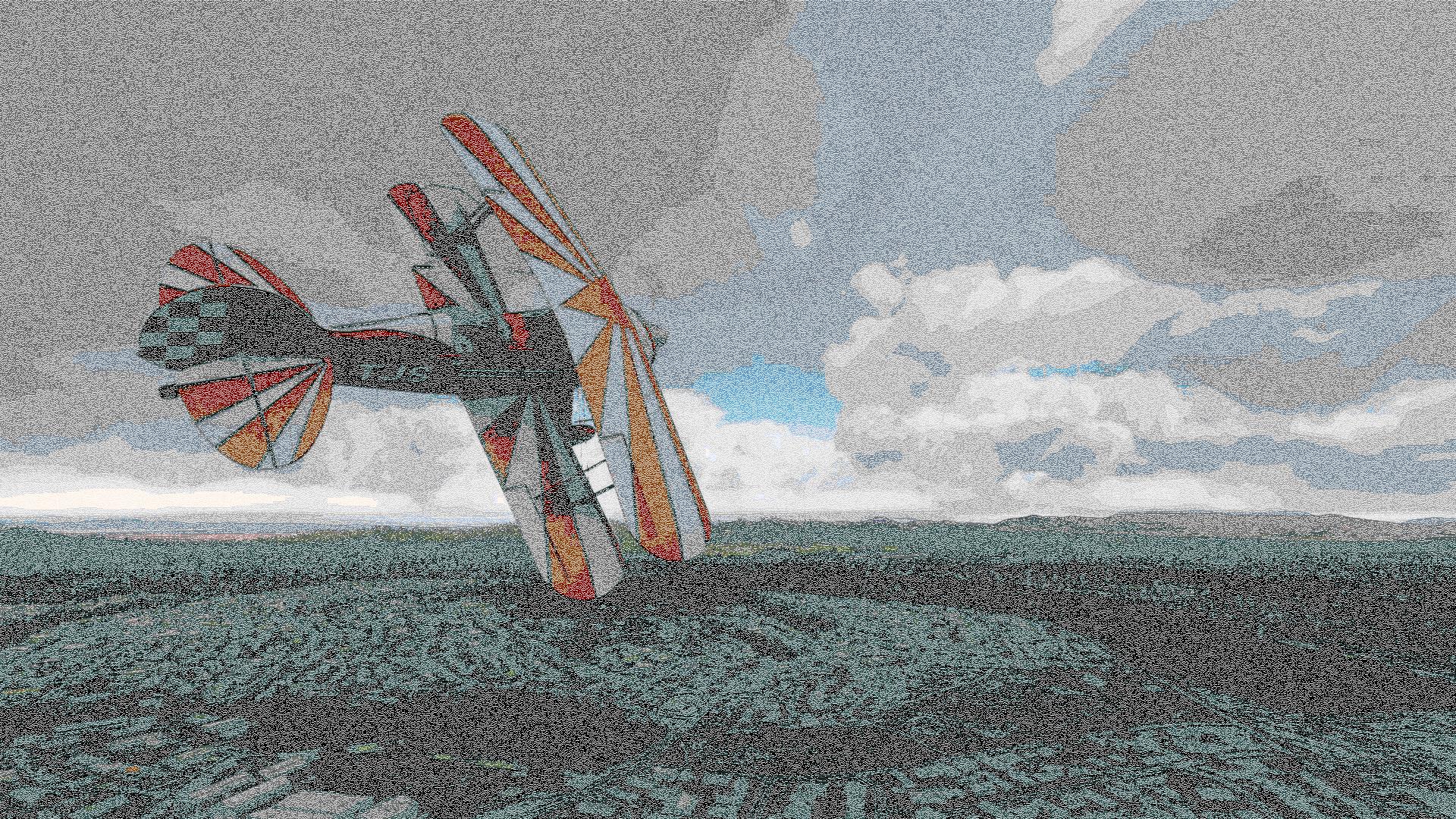 Weather's socking in a bit.
Weather's socking in a bit.
|
Well, here we are in Brisbane. And about time too; there's heavy rain coming. Apparently it almost never rains here. We're just lucky. Anyhow tomorrow we're sort of off to New South Wales but more sort of a horrifically expensive island resort.
Now it's off to see the Koalas.
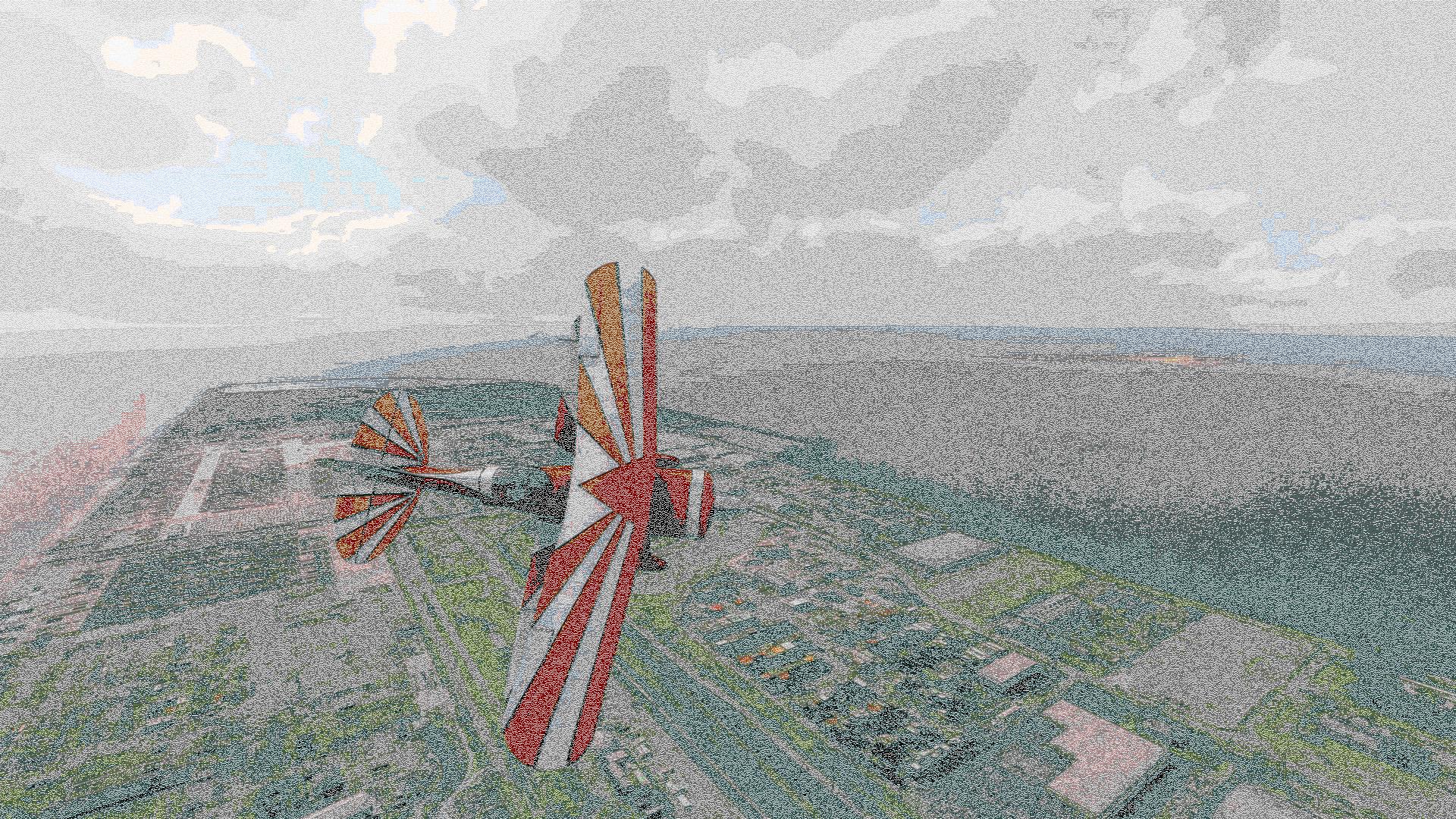 |
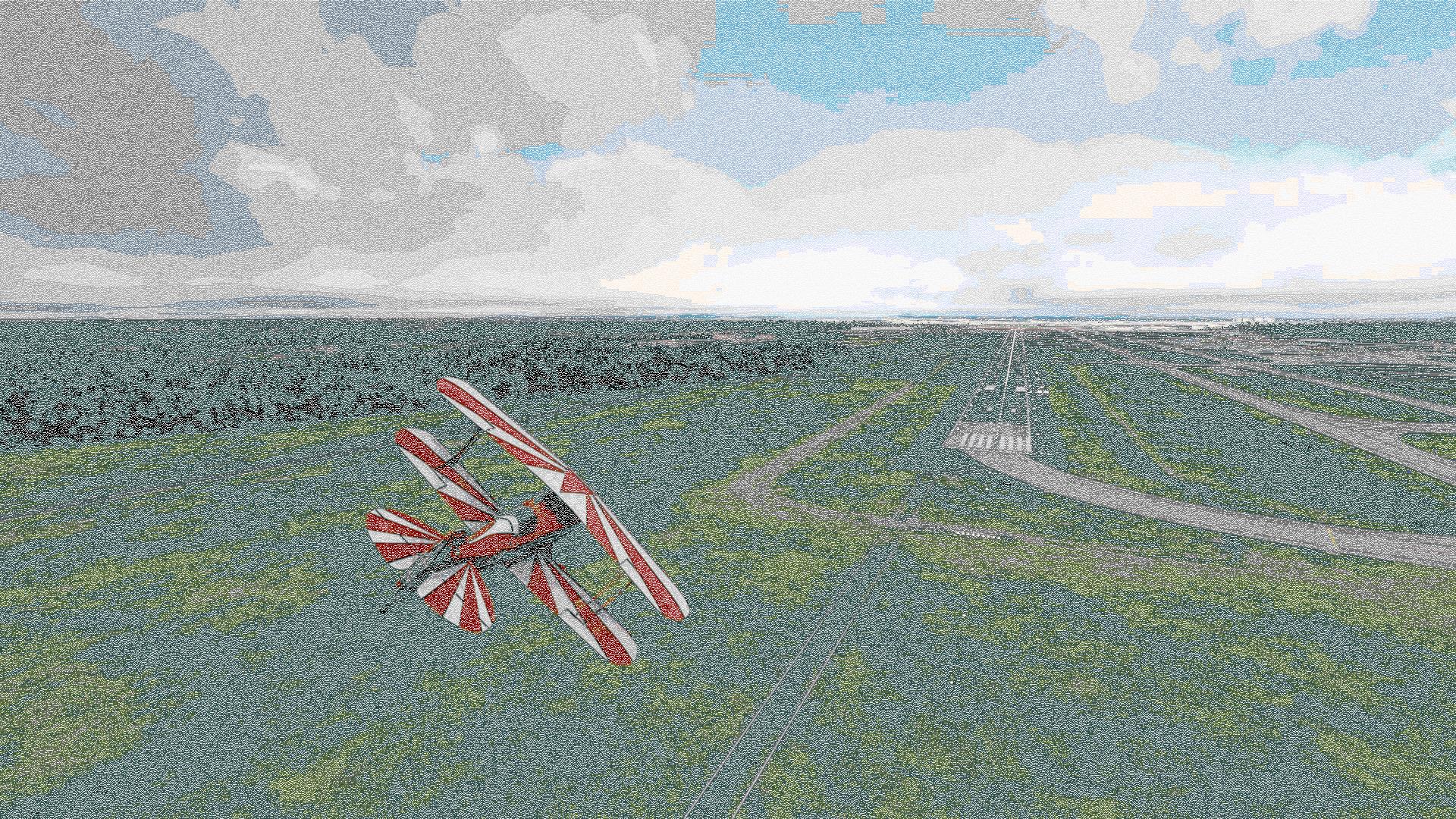 |